
- Home
- India
- World
- Premium
- THE FEDERAL SPECIAL
- Analysis
- States
- Perspective
- Videos
- Sports
- Education
- Entertainment
- Elections
- Features
- Health
- Business
- Series
- In memoriam: Sheikh Mujibur Rahman
- Bishnoi's Men
- NEET TANGLE
- Economy Series
- Earth Day
- Kashmir’s Frozen Turbulence
- India@75
- The legend of Ramjanmabhoomi
- Liberalisation@30
- How to tame a dragon
- Celebrating biodiversity
- Farm Matters
- 50 days of solitude
- Bringing Migrants Home
- Budget 2020
- Jharkhand Votes
- The Federal Investigates
- The Federal Impact
- Vanishing Sand
- Gandhi @ 150
- Andhra Today
- Field report
- Operation Gulmarg
- Pandemic @1 Mn in India
- The Federal Year-End
- The Zero Year
- Science
- Brand studio
- Newsletter
- Elections 2024
- Events
Why Islamic prayers in Tamil Nadu are held in 'temple-like structures'

You can easily mistake an old mosque for a temple in the coastal villages of Tamil Nadu. Many mosques built between the 8th and 14th centuries in these villages resemble temple structures, but with Islamic prayer halls.After the Supreme Court verdict granted permission to build the Ram Mandir on the land where the Babri Masjid was demolished, several right-wing groups argued that many mosques...
You can easily mistake an old mosque for a temple in the coastal villages of Tamil Nadu. Many mosques built between the 8th and 14th centuries in these villages resemble temple structures, but with Islamic prayer halls.
After the Supreme Court verdict granted permission to build the Ram Mandir on the land where the Babri Masjid was demolished, several right-wing groups argued that many mosques in northern India were built on land which originally had temples. But in the southern part of India, it is easy to spot ancient mosques built to resemble temples.
When Muslim traders engaged temple masons to build mosques in the coastal areas of Tamil Nadu and Hindu kings celebrated social harmony by contributing to the construction and maintenance of mosques that led to the development of an exclusive architectural style called Dravidian Islamic architecture. It is a mixture of Dravidian temple and Islamic mosque architecture.
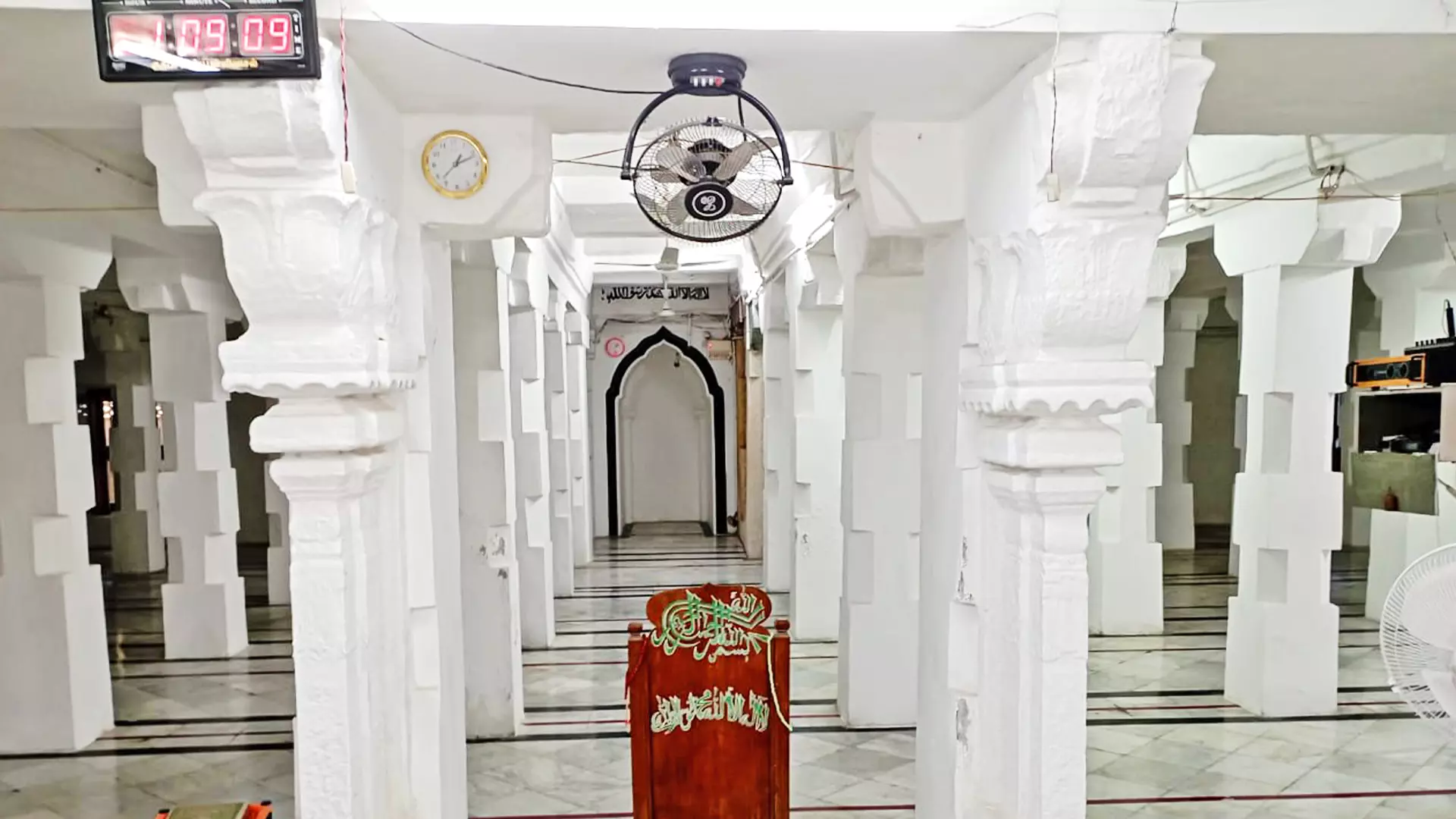
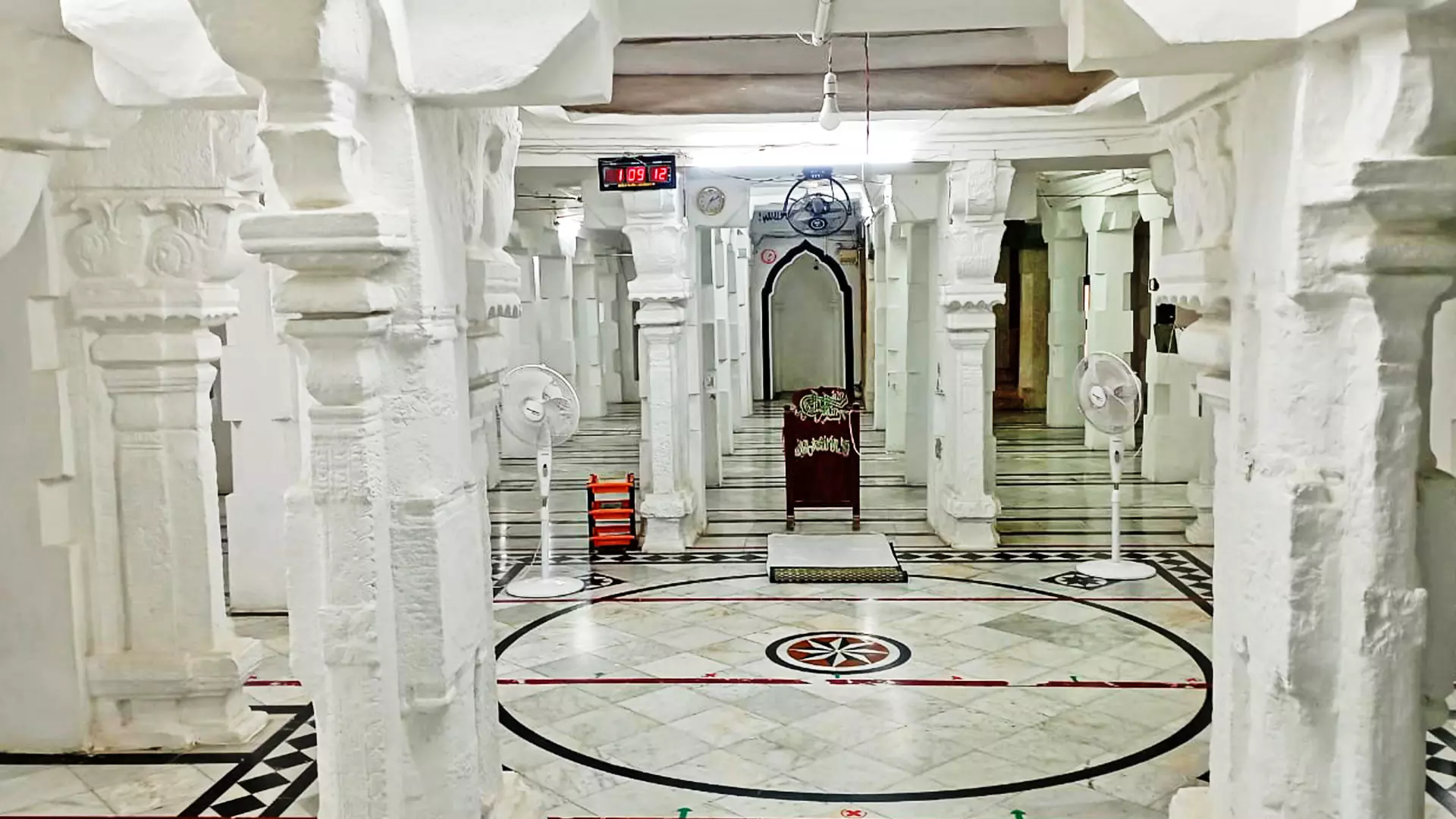
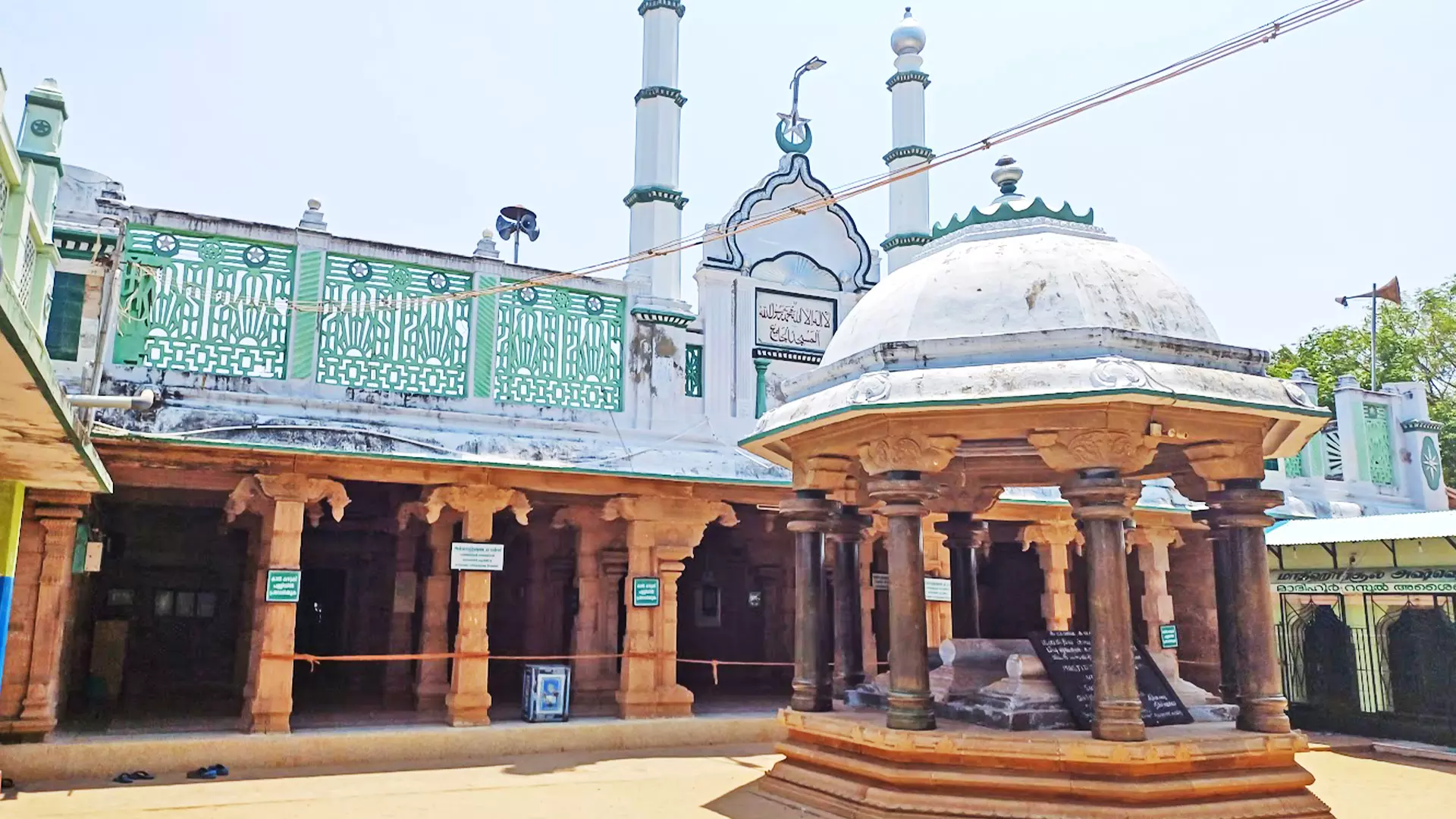
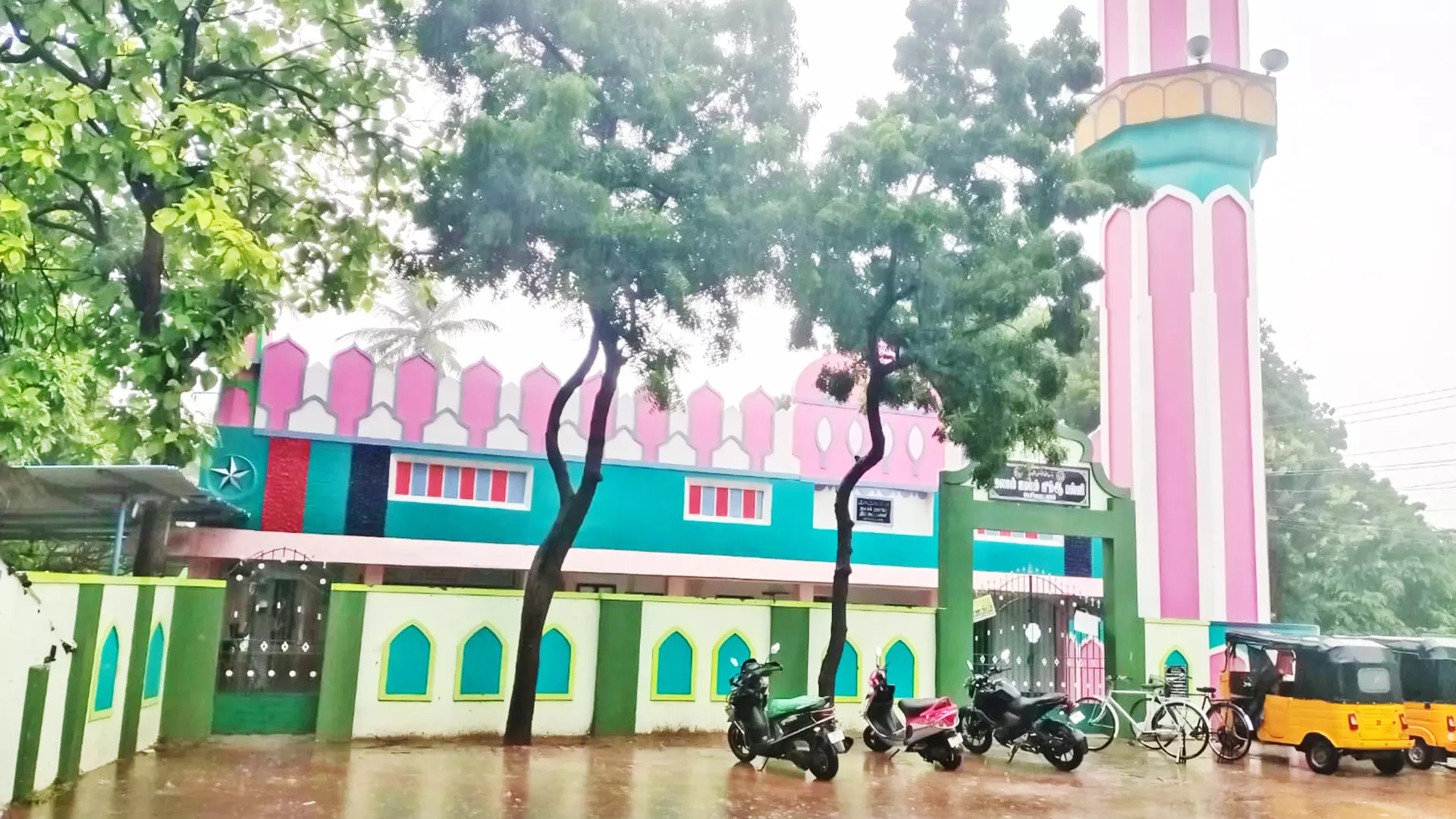
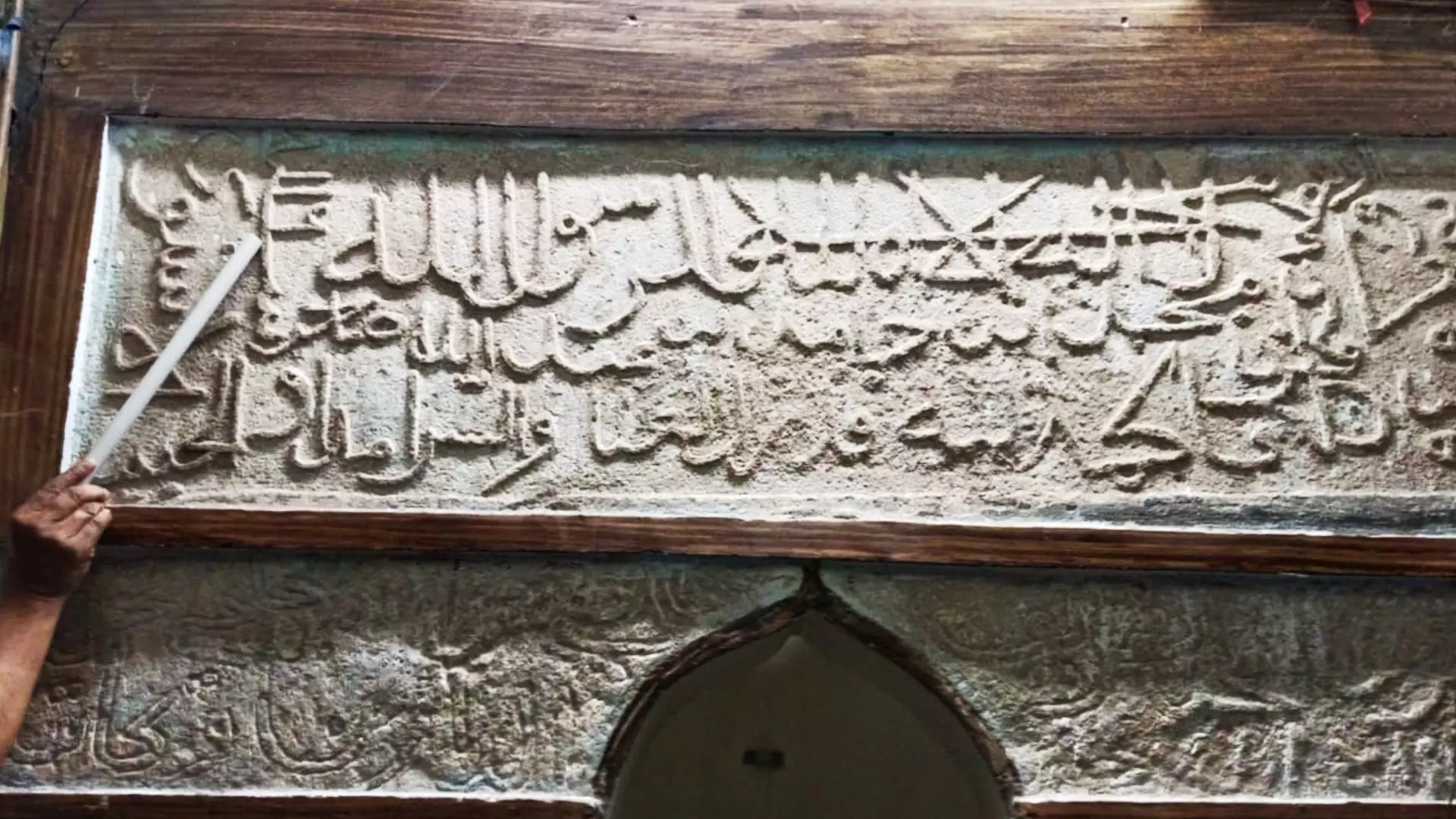
While many archaeologists and experts continue to publish papers on Dravidian Islamic architecture, these mosques have become important sites for heritage awareness clubs that teach students about social harmony.
Raja Mohammed, former assistant director of the Tamil Nadu Museums Department and author of a book on Islamic architecture in Tamil Nadu, has spent over three decades researching Dravidian Islamic architecture and has identified several inscriptions in both temples and mosques.
Talking about how Dravidian Islamic architecture became a distinct style, he said, "Unlike in northern India, where Muslim invasions took place, in southern India, Muslim traders settled in many coastal villages, and their entry brought prosperity. When they were in need of places for prayer, they built mosques with the help of local masons. Those who traditionally built temples also built mosques, but with an Islamic touch. Many inscriptions related to donations for these Dravidian Islamic-style mosques are found in temples. Since coastal villages prospered with the help of Muslim traders, Hindu kings, in turn, contributed to mosques in a big way.”
These mosques typically feature a decorative entrance, strong pillars in a large prayer hall, and inscriptions. Domes and arches, which are dominant in modern-day mosques, are not seen in these older mosques. But some were renovated with domes and arches in later periods and also given a facelift with minarets in the recent years.
When local artisans were engaged in the construction of mosques, they followed their traditional Dravidian style of construction, but avoided all kinds of figures respecting the Islamic sensibilities. In all other aspects, these mosques present the form of a temple mandapam. The entire structure was built of stone. Building tombs in memory of rulers and saints was introduced only from the 14th century onwards in Tamil Nadu. So without tombs, minarets, these old mosques represent a unique architecture that flourished in the southern India for several centuries.
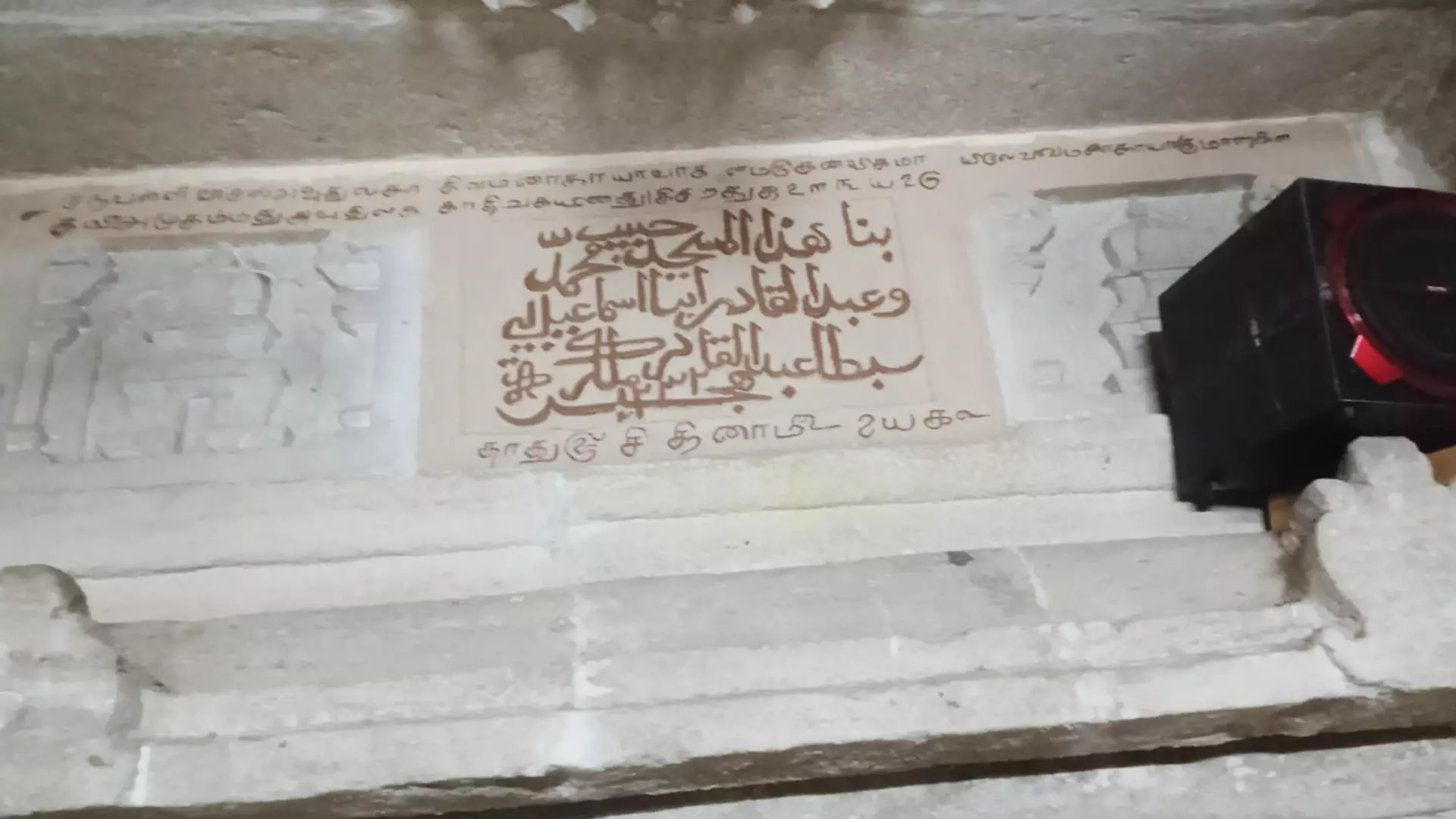
The inscription with a list of Tamil months in the Oddakarai mosque.
Based on his research, Raja Mohammed concluded that the earliest mosque in the state was built in Tiruchirappalli district, referred to as Makka Masjid. “It was built in 734 AD. It is a small structure shaped like a temple mandapam, but with an Arabic inscription of old characters from the 8th century. It was built during the Pallava regime. Now, the mosque is very much in the centre of Trichy city—it's located close to the Fort Railway station,” he said.
In his book, Islamic Architecture in Tamil Nadu, Mohammed mentions the Makka Masjid as follows: “According to the Arabic inscription on the rectangular granite slab above the ‘mihrab’, this mosque was built by one Mohamed Ibn Hameed Ibn Abdullah in Hijri 116, corresponding to 734 AD. The names of the four Caliphs (successors to Prophet Muhammad)—Abu Bakr, Umar, Uthman, and Ali—are also mentioned in the inscription, which has been accepted by scholars as belonging to the 8th century AD.”
Hindu King grants money and his name to mosque
Several inscriptions have been found in old mosques and temples related to the construction and maintenance of mosques. Among these inscriptions is one that talks about how a Hindu king, who granted funds for the repair of the mosque, renamed it after himself and even gave the mosque's Khazi his name. This inscription is found on the pillar in front of the 14th-century AD mosque named Kattu Magdum Palli in Kayalpattinam, coastal town located 600 kms from Chennai city. It is now known as the dargah or taqiya of Syedina Muthu Magdhum Wali.
"The inscription reads that the territory came under Udayamarthandan, the ruler of Venadu (1383–1444 AD). He renamed this mosque as Udayamarthanda Perumpalli, and the Khazi of the mosque, Aboobacker, was also christened Udayamarthanda Khadiriar,” Mohammed told The Federal. The king also ordered that a portion of the toll collected at the nearby port be used for the maintenance of this mosque.
Architecture as a tool to protect language
Dravidian Islamic architecture also contributed to the preservation of Tamil language. Kilakarai, 70 kms from famous pilgrimage town Rameswaram, has many mosques built between the 8th and 17th centuries and some of them have clear inscriptions. One mosque was built by the great merchant and philanthropist Periathambi Marakkayar, also known as Seethakaathi. He was a close friend of Vijaya Raghunatha Thevar, or Kilavan Sethupathi, of the then Ramnad.
Ahmed Buhari, a resident of Kilakarai village, told The Federal that the mosque built by Seethakaathi is very popular among historians and archaeologists. “This mosque has huge pillars with beautiful floral designs, similar to temples, and also a Tamil calendar for prayer. These floral patterns are carved to represent prosperity in temples, and the same structures were created in mosques. Both Hindu kings and Muslim traders respected the art and architecture. This mosque's calendar has timings for prayers in various Tamil months, and that too in Tamil numerals, which remains an important document of the Tamil numerical format used several centuries ago,” Buhari said.
Buhari’s ancestors built a mosque in Keelakarai called Oddakarai Mosque. There is an inscription with a list of Tamil months in the Oddakarai mosque. "Messages are scripted in both Arabic and Tamil. We are proud that Dravidian Islamic architecture bridged people and also preserved the language," he added.
Conservation of mosques needs attention
How well these inscriptions and mosques are cared for remains a question. When The Federal approached M.H. Jawahirulla, a member of the Tamil Nadu Legislative Assembly, he pointed out that no special grants are given to repair ancient mosques in Tamil Nadu. Various social organizations and religious outfits pool money to protect these heritage structures.
"In some cases, these living monuments are protected with much care by the locals. For example, in the old mosques of Kilakarai, which used to be a hot seat of Muslim traders, inscriptions are preserved as evidence of religious harmony. In some places, they are destroyed without considering their heritage value. I noticed an inscription in an old mosque—Jumma Palli in my native village—that talked about how scores of people converted to Islam. It was painted with limestone, and over the years, the letters have become unreadable," he said. He added that these inscriptions are very much needed and would act as clear evidence to fight against draconian laws like the Citizenship Amendment Act.
